

What plants could we grow instead of lawn grass? Discover a few easygoing ground cover plants that will succeed in covering vast expanses in emerald tones.
Lawns sure require a lot of work to stay lush and green! Add on a dose of climate change, and, clearly, grass lawns aren’t the best choice for many gardens anymore.
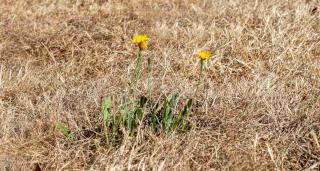
This is even more relevant if you only visit your holiday house from time to time, and whenever the soil is particularly hard to manage because its too dry or the slope is too abrupt.
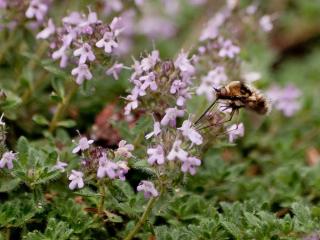
Here, shown with a bee fly (a relative of the more common hoverfly).
Once properly settled in, it can cope with both Summer droughts and Winter frosts. At the end of Spring, this short ground cover shrub is dotted with pink flowers. Nothing to do at all anymore once your woolly thyme has survived a couple years.
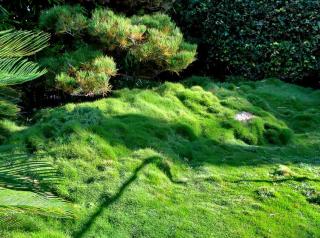
It isn’t finicky in terms of soil, and can make do with any type of growing substrate as long as it drains properly. Once it’s colonized its patch, this type of lawn won’t required any care apart from a once-a-year weeding session. In very hot dry climates, you’ll need to water twice a month during the dry season. In milder climates, no need to water.
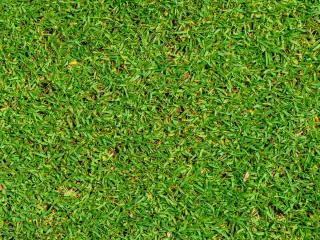
→ You can even mow it just once or twice a year if you feel it’s getting a bit too tall.
Helxine is a charming ground cover plant with small round leaves that are nice and green even without much light. It looks a bit like moss, and grows best in cool, rich soil. It can take moderate foot passage, and usually reaches 4 inches (10 cm) in height. Each plant will grow about 1 foot across (30 cm).
Watch out for the cold, because this cute plant can only cope with freezing down to 14°F (-10°C).
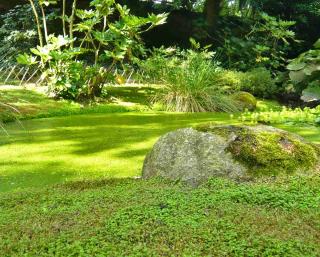
Its soft, fluffy texture will espouse the contours of your garden, you can even play around with mounds and the occasional lawn ornament to create interesting landscape features.
This perennial will excel in completely shaded areas, and will also fare well in part sun. It’s often included in small urban gardens, alongside shaded ponds, and in Japanese gardens.
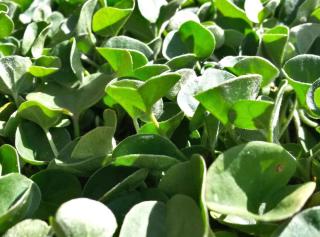
Note, however, that it prefers rich sandy soil. This perennial hates stagnant water, and can’t break through heavy soil. Whether its cool or dry doesn’t matter, but it must always drain perfectly.
Growing to 4 inches in height, a single specimen will cover 1½ square feet (a square about 50 cm wide). It quickly produces a dense, emerald-colored carpet. A drawback in some cases is that it really can’t take a lot of footwear. Best place it in a spot that doesn’t get much foot traffic, and around trees. It will gracefully add a band of lush green along the foot of hedges.
One of the main advantages of ground cover plants is that they require almost no care at all. But this is only true once they’ve conquered their growing space! Right after planting, it’s best to make sure basic care steps are followed so that you may savor a chore-free garden later on. First and foremost, remove weeds, sticks and rocks. Loosen the soil up with a broadfork and rake the soil up before planting. Over the first six months, you’ll have to diligently weed out any seeds that germinate. Do this manually, don’t use any chemicals since these will also affect your ground cover. In this manner, your ground cover plant will dominate and crowd any newcomers out in the long run.
Last of all, whatever you plant, you’ll have to water regularly over the first summer. How often to water depends on the plant species. After that, there’s nearly nothing left to do! Just a short yearly weeding session to pull out tree and shrub seeds, or the eventual mowing to keep growth under control, and you’re done!